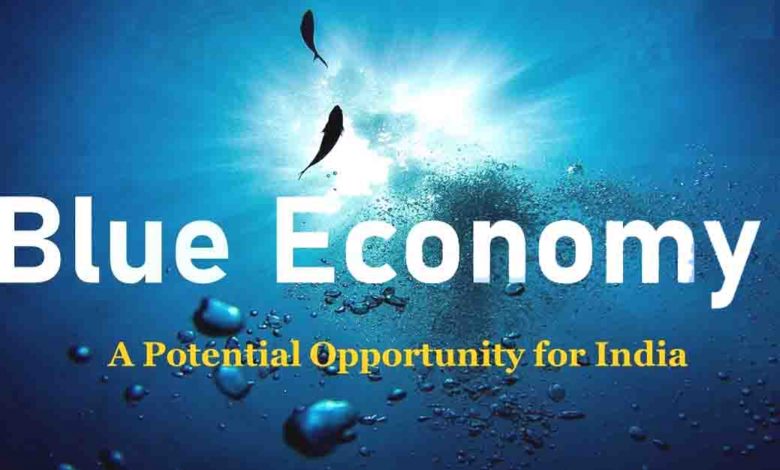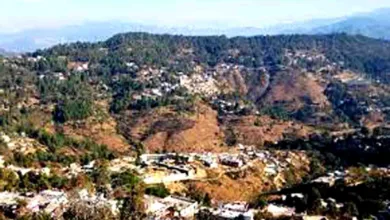Indo-Pacific Economic Framework under Quad- potential booster for blue economy

Wednesday, 01 June 2022 | Shaji Baby John
GUEST COLUMN
 Shaji Baby John
Shaji Baby John
Much has been written about the strategic importance and significance of Quad as a defensive military bloc comprising the US, India, Australia and Japan in the Indo-Pacific region. The stress on strategic importance in a fast changing geopolitical situation appears quite natural. Nevertheless history teaches that economic imperatives undergird strategic alliances. The Quad summit held in Tokyo on May 24 under the shadow of the ongoing Ukraine war assumes significance as the alliance for the first time made a concrete proposal for undergirding strategic defence alliance along with economic cooperation.
The Indo-Pacific Economic Framework (IPEF) unveiled by US president Joe Biden on the eve of the Quad summit is the first firm indication of placing due importance to the economic cooperation along with the strategic imperatives. The IPEF proposal, though in its infancy, has the potential for bringing far reaching consequences in the economies of the Quad members and other prominent countries in the region. Along with the four Quad members the IPEF incorporates South Korea, Indonesia, New Zealand, Malaysia, Singapore, the Philippines, Thailand, Vietnam and Brunei as members. The 13-member IPEF has all ingredients needed to emerge as one of the most powerful economic and trading blocs in the world. The potential of making a win-win situation for all members is tangible with the abundance of natural resources, technological knowhow, political stability and geographical proximity. It is true that IPEF has only taken the first baby steps towards the highly complex issue of arriving at a mutually beneficial formula for every member of the group of 13 countries belonging to different stages of economic development and priorities.
Blue economy could be one of the areas to reach mutually beneficial agreement for the member countries without much dissonance. The strength of the four Quad members in the area of marine wealth provides inspiring possibilities for devising innovative blue economy strategies for cooperation. The US and Australia with the second and third largest exclusive economic zones (EEZs) with over 11 and 10 million square kilometres respectively is well complimented by India and Japan with equally formidable EEZs. India is ranked eighteenth in the world while Japan eighth in terms of EEZs. The technological capabilities of Japan could be leveraged very well with the marine resource potential of India and Australia to develop products and services targeting the world’s biggest consumer market such as the US. If the same pattern could be applied to the other nine members under the IPEF umbrella we would be looking at one of the biggest marine resource centric economic regions in the world.
Australia has already emerged as one of the countries in the lead to develop blue economy as one of the core areas of its policy initiatives. Blue Economy CRC, a research cooperative in Australia has already identified blue economy as the crucial area for a sustainable food and energy security. “The research cooperative will for the first time bring the aquaculture and renewable energy sectors together to address the challenges of offshore food and energy production,” said a report https://ecos.csiro.au/
Japan is also having a vibrant blue economy research project spearheaded by The Japan Blue Economy Association. The objective of the association is to promote “research and development of technologies and methods necessary to revitalise projects that will help conserve and restore coastal areas through close cooperation among researchers, engineers and practitioners in various fields and capacities.”
The National Oceanic and Atmospheric Administration’s (NOAA) strategic plan 2021-25 for the blue economy in the US envisages further consolidation of the sector. According to the NOAA report in 2018 the American blue economy supported 2.3 million jobs and contributed about $373 billion to the nation’s gross domestic product through activities such as tourism and recreation, shipping and transportation, commercial and recreational fishing, power generation, research, and related goods and services.
India also already has a policy framework identifying the blue economy as one of the key strategic areas for rapid development and growth. Given this background the IPEF offers a great opportunity for leveraging the strength of each member of the Quad to develop an all encompassing blue economy strategy to create a win-win situation for all the stakeholders. It is true that the blue economy has not been identified as one of the four modules identified under the IPEF proposal unveiled by the US President. Fair trade, supply chain resilience, infrastructure and decarbonisation, and tax and anti-corruption are the four modules under the proposal. The participating countries would be free to choose any one of these four modules and work out possible deals. As things stand today IPEF is a work in progress and parameters for discussions and negotiations are expected to be completed only in the next two months. The timeframe for any agreements would be in the range of 12 to 18 months before getting the necessary ratification from the various national governments.
Flagging the idea of developing a durable economic and trade bloc along with strategic defence cooperation is the significance of the IPEF. The inherent strength and the untapped potential of marine resources in the Indo-Pacific region makes blue economy the natural choice for leveraging the strength of core members of the Quad along with the extended community of the IPEF members. The policymakers in Quad would realise the great opportunity sooner with the IPEF providing the much needed booster dose for the same.
(The author is the chairman of Kings Infra Ventures Limited who also writes on the blue economy and sustainable food production system. Views expressed are personal)






